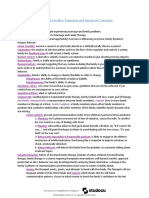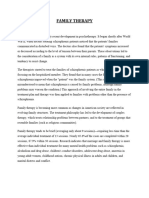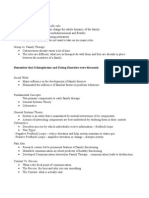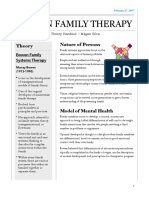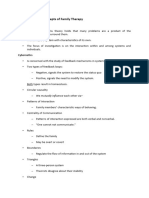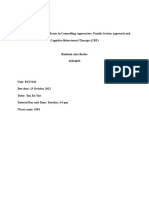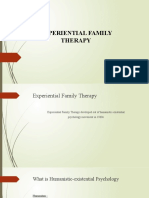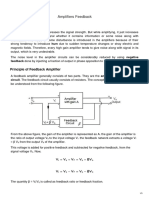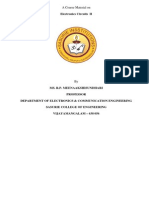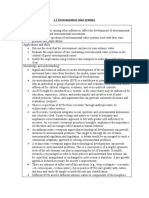0% found this document useful (0 votes)
41 views4 pagesFamily Systems Study Guide
The document outlines various therapeutic models and concepts in family systems therapy, including cybernetics, Bowen theory, cognitive behavioral therapy, and narrative therapy. It discusses the importance of understanding family dynamics, stressors, and the impact of early relationships on adult behavior. Additionally, it emphasizes the role of therapists in facilitating change and restructuring dysfunctional family patterns.
Uploaded by
KimCopyright
© © All Rights Reserved
We take content rights seriously. If you suspect this is your content, claim it here.
Available Formats
Download as DOCX, PDF, TXT or read online on Scribd
0% found this document useful (0 votes)
41 views4 pagesFamily Systems Study Guide
The document outlines various therapeutic models and concepts in family systems therapy, including cybernetics, Bowen theory, cognitive behavioral therapy, and narrative therapy. It discusses the importance of understanding family dynamics, stressors, and the impact of early relationships on adult behavior. Additionally, it emphasizes the role of therapists in facilitating change and restructuring dysfunctional family patterns.
Uploaded by
KimCopyright
© © All Rights Reserved
We take content rights seriously. If you suspect this is your content, claim it here.
Available Formats
Download as DOCX, PDF, TXT or read online on Scribd
/ 4


